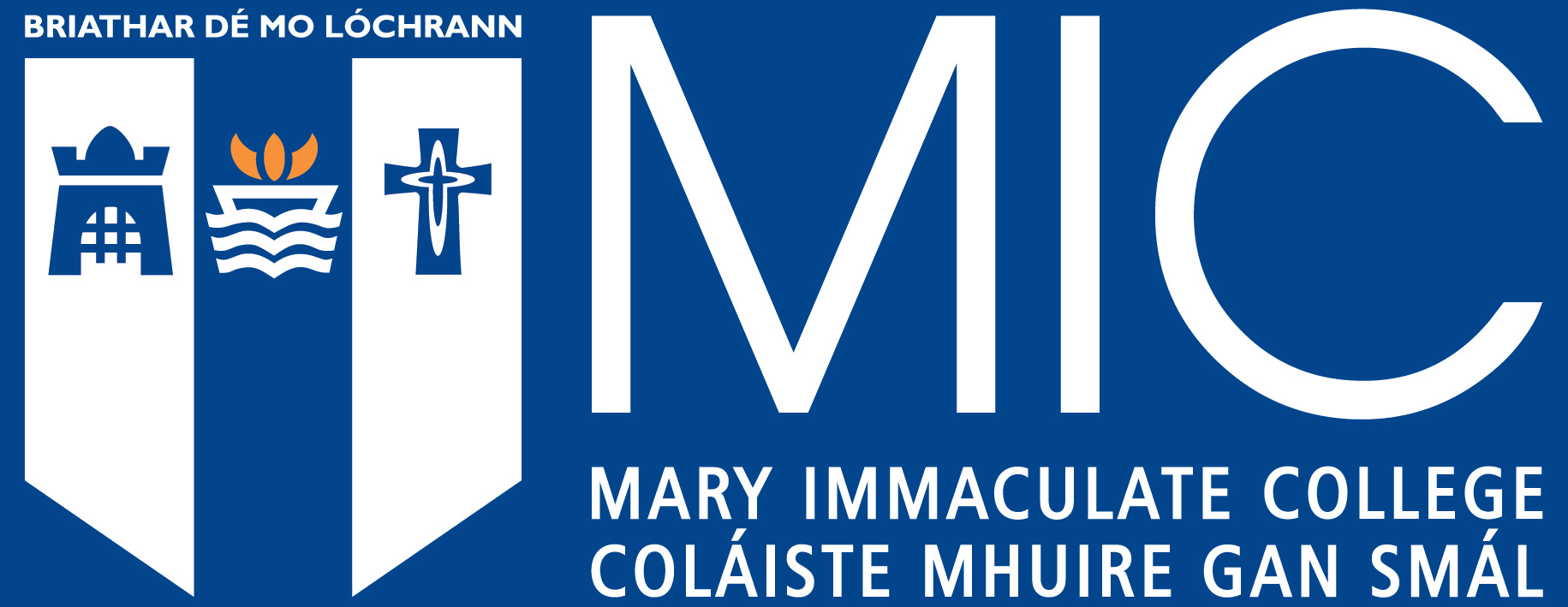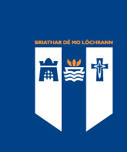Varying your approaches to teaching variables
Citation
Hourigan, M.; Leavy, A.; McMahon, Á. Varying Your Approaches to Teaching Variables. InTouch 20(1), pp. 2-3. DOI: 281003600

View/
Date
2011Author
Leavy, Aisling
Hourigan, Mairead
McMahon, Aine
Peer Reviewed
YesMetadata
Show full item record
Hourigan, M.; Leavy, A.; McMahon, Á. Varying Your Approaches to Teaching Variables. InTouch 20(1), pp. 2-3. DOI: 281003600
Abstract
Our previous article Getting the balance right: The equals sign presented activities which can be used to introduce children to translating and solving word problems using equations where the unknown is represented with a frame. The PSMC recommends
such algebra work for third and fourth class pupils. Children in senior classes are expected to translate word problems into equations where the unknown is represented with a variable. Variables are symbols (e.g. letters) that take the place of numbers or ranges of numbers. At primary school level, the main focus/use of variables is to represent an unknown quantity e.g. 5 + r = 30. Variables are also used to express rules e.g. A = L x W (area = length x width) and D = 2 X R (diameter is twice the radius). This article presents approaches which facilitate the meaningful introduction and consolidation of primary school children’s understanding of variable (i.e. a letter/symbol that represents an unknown). Conceptual understanding of the concept of variable is fundamental to further study of algebra and is “necessary for the meaningful use of all advanced mathematics” (Schoenfeld and Arcavi, 1988: 420).
Keywords
VariablesApproaches
Teaching
Problem solving

